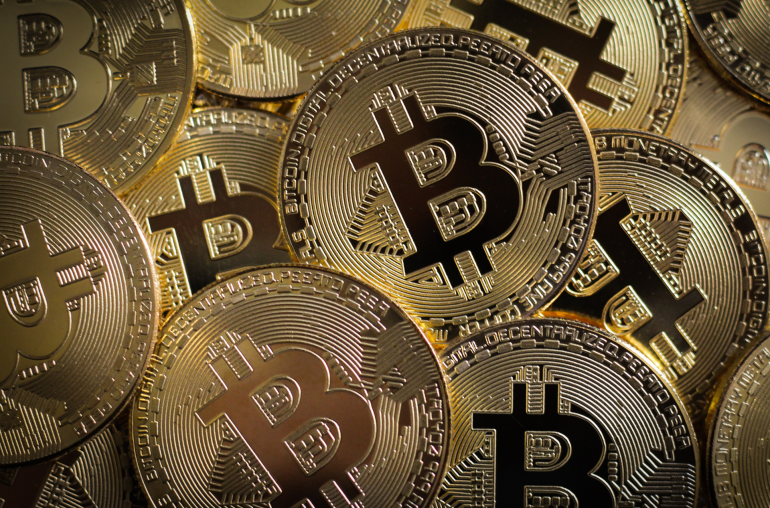
- Regulators are scrutinizing high-yielding cryptocurrency deposits more closely
- Lack of investor protection and deposit insurance just some of the many risks faced by depositors using cryptocurrencies to generate higher yields on their monies
With the average interest rate for savings account in the U.S. at 0.06%, it’s no wonder that scores of depositors are looking at cryptocurrency firms offering a whopping 7% per annum yield on their accounts.
One small catch though, those yields are delivered on dollar-based stablecoins, pegged at US$1 to the actual dollar.
But for investors who can take that leap of faith into a cryptocurrency equivalent of the dollar, that’s just the starting point, with annual yields as high as five-digits for other cryptocurrencies available depending on one’s appetite for risk.
As liquidity has flooded the financial markets, investors are looking everywhere for yield and are increasingly finding it in the most unlikely places like interest-bearing cryptocurrency accounts.
Billions of dollars in deposits in these high-yielding cryptocurrency accounts are attracting regulatory scrutiny as authorities liken them to unregistered securities that aren’t properly disclosing their risks to investors.
In the U.S., firms that offer such cryptocurrency accounts include Gemini, Celsisus Network and BlockFi, but exchanges like Binance and FTX also offer something akin to these services through their lending accounts, where depositors “lend” cryptocurrencies and receive interest.
Because these cryptocurrency accounts look, act, and feel like regular deposit or savings accounts, some regulators are concerned that depositors may be lulled into a false sense that they are as good as the FDIC-backed accounts which yield 0.06%.
But without federal insurance, investors could lose their money if the crypto firms can’t make good on these deposits.
Worse, the lack of transparency as to how these returns are derived also mean that these “guaranteed” yields could encourage the ascent of Ponzi schemes (where new deposits are used to pay off the old ones).
Given the speed at which the cryptocurrency space is developing, regulators are having to play catch up, with scant resources to police all the various areas of innovation, from decentralized finance or DeFi, to crypto lending.
For investors though, the yields may be too tempting to pass up.



